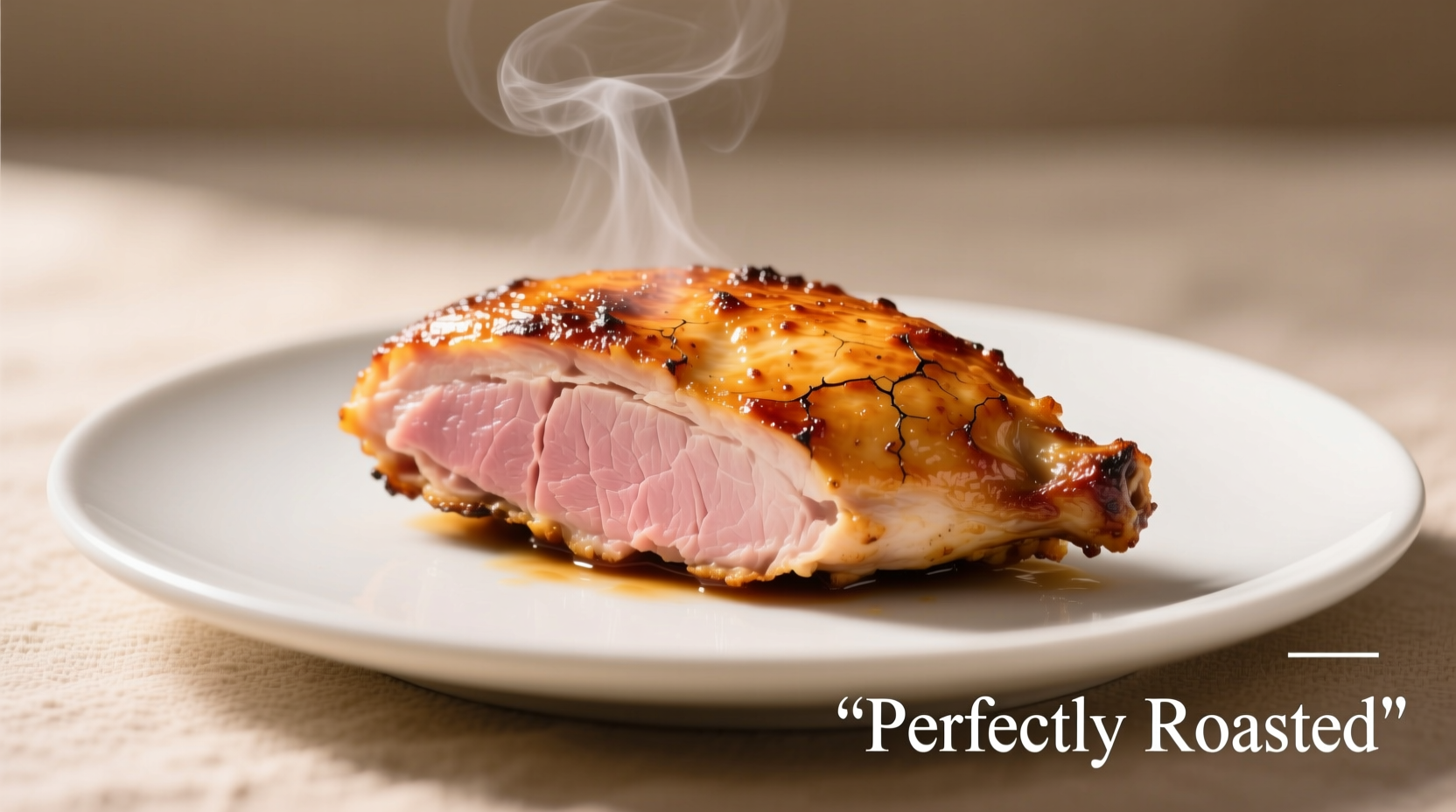Ever pulled chicken from the oven only to find it dry as a bone or dangerously undercooked? You're not alone. Getting oven-cooked chicken perfectly tender and safe requires understanding more than just timing—it's about temperature science, cut variations, and critical doneness indicators. This guide delivers precise cooking times backed by food safety standards and professional kitchen experience, so you'll never second-guess your oven chicken again.
The Critical Temperature Principle
Timing alone won't guarantee perfect chicken. The USDA Food Safety and Inspection Service mandates that all poultry reaches 165°F (74°C) internal temperature to eliminate harmful bacteria like salmonella. This isn't optional—it's a food safety requirement. Relying solely on cooking time risks undercooking, while overcompensating leads to dry, tough meat.
Here's what happens at key temperature stages:
- 140°F (60°C): Proteins begin denaturing—this is where juiciness starts developing
- 150°F (66°C): Collagen breaks down, enhancing tenderness
- 165°F (74°C): Pathogens are eliminated—the safe minimum
Exact Cooking Times by Cut
These times assume a preheated 400°F (204°C) oven—the ideal balance of browning and even cooking. Always verify with an instant-read thermometer inserted into the thickest part.
| Chicken Cut | Weight/Thickness | Oven Time | Resting Time |
|---|---|---|---|
| Boneless breasts | 6-8 oz (170-227g) | 22-26 minutes | 5-8 minutes |
| Bone-in breasts | 10-12 oz (283-340g) | 30-35 minutes | 8-10 minutes |
| Thighs (bone-in) | 6-8 oz (170-227g) | 35-40 minutes | 5-7 minutes |
| Whole chicken | 3-5 lbs (1.4-2.3kg) | 20 min/lb + 15 min | 15-20 minutes |
When Standard Times Don't Apply
Several factors require timing adjustments—ignoring these causes most cooking failures:
- Frozen chicken: Adds 50% more time; never cook frozen poultry at temperatures below 350°F
- Crowded pans: Reduces heat circulation, adding 10-15 minutes to cooking time
- Stuffed chicken: Requires 25-30 minutes additional cooking for food safety
- Convection ovens: Reduce time by 25% while maintaining temperature
Professional kitchens always use thermometers because variables like oven calibration and chicken density make visual timing unreliable. The National Chicken Council confirms that color isn't a reliable doneness indicator—perfectly cooked chicken can appear pink near bones.
Your Foolproof Cooking Process
Follow these steps for consistently perfect results:
- Prep properly: Pat chicken dry—moisture creates steam instead of browning
- Season wisely: Salt at least 45 minutes before cooking for deeper flavor penetration
- Preheat thoroughly: Wait 20 minutes after oven reaches temperature for stable heat
- Position correctly: Place on middle rack with 2 inches clearance on all sides
- Test early: Check temperature 5 minutes before expected finish time
- Rest adequately: Tent loosely with foil—juices redistribute during this critical phase

Troubleshooting Common Problems
Dry chicken? Overcooking by just 5°F causes significant moisture loss. Pull chicken at 160°F—carryover cooking will reach 165°F during resting.
Uneven cooking? Rotate the pan halfway through cooking. For whole chickens, truss legs to promote even heat distribution.
Bland flavor? Brine for 1-4 hours in 4 cups water with 1/4 cup salt and 2 tbsp sugar—this enhances moisture retention and flavor absorption.
Advanced Techniques for Better Results
High-heat sear finish: For extra-crispy skin, increase oven temperature to 450°F for the final 5 minutes of cooking.
Temperature stacking: Place aromatics like lemon halves or onion quarters under chicken to elevate it, allowing heat to circulate underneath.
Resting science: During the 5-10 minute rest period, internal temperature continues rising 5-10°F while juices redistribute—skipping this causes 20% more moisture loss when cutting.
Food Safety Essentials
The USDA's Food Safety and Inspection Service emphasizes that poultry must reach 165°F to destroy pathogens. Unlike beef, chicken has no safe medium-rare option—the dense muscle structure traps bacteria throughout the meat.
Use separate cutting boards for raw chicken and other ingredients. Wash hands thoroughly after handling, and sanitize surfaces with a bleach solution (1 tbsp bleach per gallon of water) to prevent cross-contamination.











 浙公网安备
33010002000092号
浙公网安备
33010002000092号 浙B2-20120091-4
浙B2-20120091-4